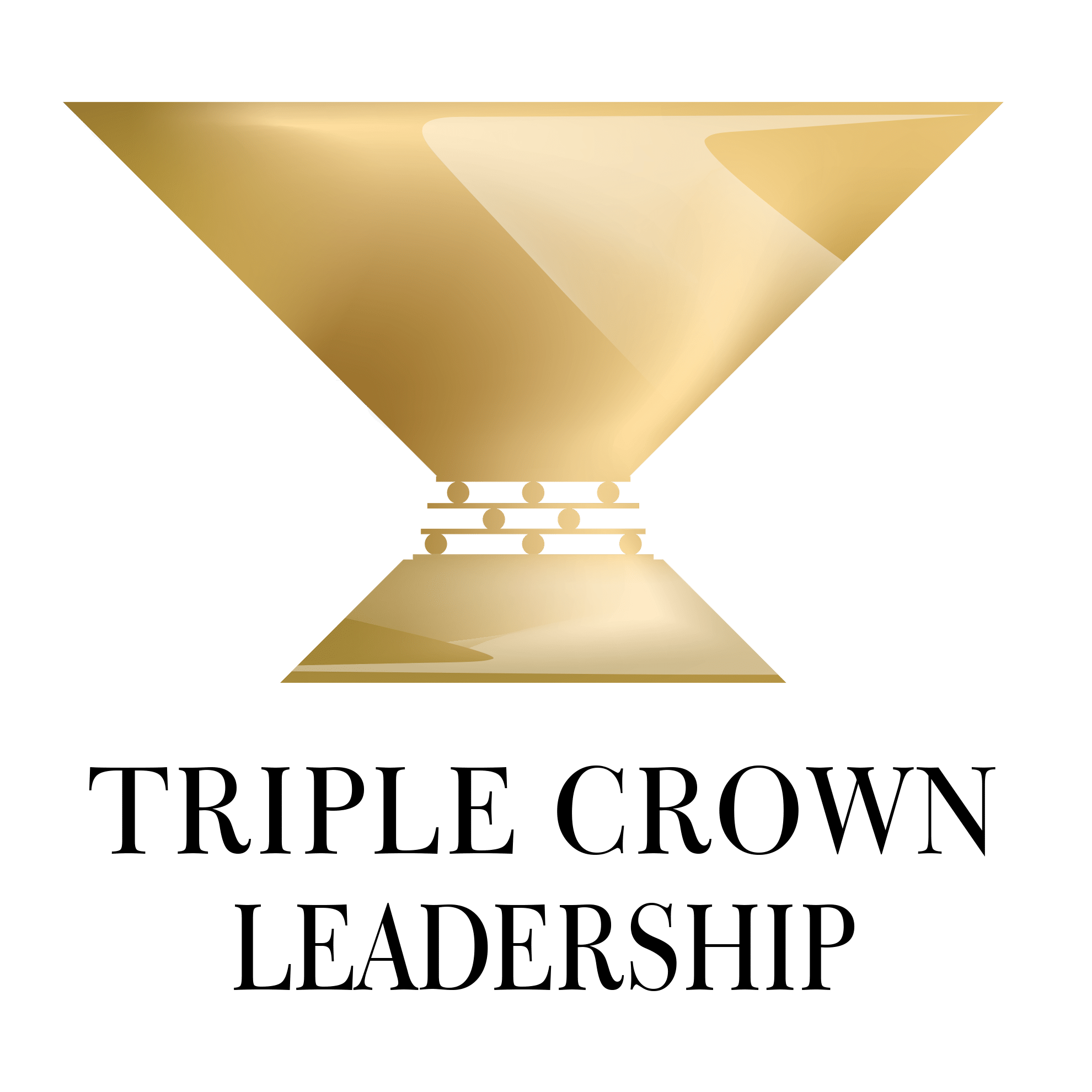The vast majority of organizations today have a traditional hierarchical structure.* They may be organized by function, division, geography, or some other variable, but they’re hierarchical.
Given their long history, it’s no surprise that hierarchies can be useful. Organizations, especially large and complex ones, need structure to avoid chaos.
“Hierarchy works well in a stable environment.”
-Mary Douglas, British anthropologist
But there’s a problem.
The Problem with Hierarchies
Since we’re operating in a dynamic world with rapidly changing technologies and business models, such structures can become obsolete quickly.
Traditional organizational structures place people in formal boxes which can limit them. Too often, these structures are frozen in time with dated ideas about what people should do. They risk obsolescence. Such structures can make organizations inefficient, ineffective, and slow. They can get in the way of initiative and open communication. And they can breed frustration and cynicism among workers.
These days, we face big challenges as well as exciting opportunities and a need for bold innovation. Too often, our organizational structures aren’t set up to address these challenges and opportunities. Many questions quickly arise:
How to address the challenge? Who should take the lead? Who else should be involved? How will they work? Will the normal corporate rules apply to them?
High-performance organizations often employ temporary special action teams to attack problems and exploit opportunities. Such teams have many different names, such as “Tiger Teams,” “Skunk Works,” “Rapid Action Teams,” “Special Action Teams,” and more.
Versions of Tiger Teams have been used famously at NASA (on the Apollo 13 lunar mission), the U.S. Department of Energy, cybersecurity organizations, and more. And versions of Skunk Works have been used at Lockheed Martin (where they originated) as well as Boeing, IBM, Motorola, Microsoft, Kaiser-Hill, and more.
Here we’ll use the term “Tiger Teams” while noting that there are different approaches and methods. The right one depends on the context.**

Leadership Derailers Assessment
Take this assessment to identify what’s inhibiting your leadership effectiveness. It will help you develop self-awareness and identify ways to improve your leadership.
Unleash Tiger Teams
To be nimble, responsive, and fast-moving, we can’t remain prisoner to a calcified org structure. We should create and empower Tiger Teams (TTs) and turn them loose. These teams accomplish their mission and then disband, only to see other TTs formed and disbanded when their mission is complete.
Tiger Teams work best in organizations that are building a high-performance culture. They’re implementing the five advanced leadership practices of what we call “triple crown organizations” (ones that seek to be excellent, ethical, and enduring):
- Head & Heart: Recruit for, develop, and reward character, emotional intelligence, courage, and resilience (heart) as well as knowledge and skills (head).
- The Colors: Collaboratively set an inspiring purpose, values, and vision and then bring them to life to build a culture of character in the organization.
- Steel & Velvet: Get beyond your natural leadership style, flexing between the hard and soft edges, depending on the people and situation, but always anchored in the shared values.
- Stewards: Unleash people to act and lead by the shared values, encouraging them to step outside their functional roles, take initiative, and be stewards of the culture.
- Alignment: Collaboratively align the organization up, down, and around to reach a state of peak performance.
Organizations that have started on this road—this quest to become excellent, ethical, and enduring—are well positioned to start using Tiger Teams.
Tiger Teams are also wonderful incubators of leadership capability in which emerging leaders practice new skills and get coaching along the way as a form of intensive leadership development.
Without clear operating guidelines, however, it’s possible for these teams to get off track—to work hard on some assignment only to discover that they’re off the mark or that they’ve stepped on some bureaucratic toes or ruffled some departmental feathers. That’s why it’s essential for these teams to have written authorization scoping out their work and authority.
Written Authorization
Tiger teams should have specific written authorization defining and scoping their work. Leaders should document these elements clearly on no more than one page, including the following:
- Purpose: Why the team exists.
- Shared Values: The team’s shared values, which may be the same as the overall organization or unique to the TT (and collaboratively crafted by the TT members but always compatible with the organization’s values).
- Goals: Specific, measurable, achievable, relevant, time-bound (SMART) goals for the team to pursue, prioritized so that team members know which ones to protect if there are tradeoffs.
- People: Executive Sponsor (see below), TT Leader, and TT members by name, title, and department.
- Term: The time anticipated for the team’s work and when it will likely disband.
- Authority: What decisions can be made by this group (e.g., all commitments over $X must be approved by the Executive Sponsor).
- Responsibilities: Specific duties for the team, potentially including boundaries on the work or specific tasks to engage in or avoid.
- Budget: Total amount allocated for this team that it can spend.
- Communication: How and when the team will communicate progress, status, and decisions (e.g., periodic meetings with the marketing, tech, and finance teams; monthly briefings to the Executive Sponsor).

Alignment Scorecard
When organizations aren’t aligned, it can reduce performance dramatically and cause frustration and dysfunction. With this Alignment Scorecard, you can assess your organization’s level of alignment and make plans for improving it.
The People
The ideal TT is small, ranging from just a few to a dozen or so. It’s made up of volunteers from different parts of the organization with an appetite for risk and passion for the challenge at hand—and with relevant skills. Team members must buy in to the “colors” of the organization (its shared purpose, values, and vision) and its culture. TTs don’t need malcontents or abrasive loners.
“An effective Tiger Team consists of individuals with superior capabilities and strong personalities
who can think through a problem and fight it out within the team if necessary
to come up with optimal solutions, putting aside rank, politics, ego, etc.”
–Stephen Grossman, crisis response consultant
Some TTs entail part-time assignments while the members continue their regular duties in the organization. More often, a TT operates full-time on its task, sometimes even moving into separate quarters where they have the privacy, time, and space to do their work. In such full-time circumstances, it’s essential to relieve TT members of all other duties.
It’s wise to guarantee Tiger Team members their old jobs after their TT work is done, regardless of what happens. They must know that, even if the team fails, they won’t suffer repercussions. After all, these are high-risk initiatives.
It’s critical to choose wisely when selecting a TT leader. It should be a person of character and competence who wants the chance to lead a small cross-functional team with high visibility and a big opportunity for impact. The leader should be highly esteemed, collaborative, and able to flex between steel and velvet leadership. The leader need not have the highest title of the team members, but it must be clear to all that this person is leader of the team.
Executive Sponsor
Every TT needs an Executive Sponsor (ES)—the person to whom the TT leader reports. The ES appoints the leader, approves all team members, and coaches the team leader. No micromanagement allowed. The ES receives periodic status reports and gently guides the team leader.
Upon completion of the work, the TT leader should submit an After-Action Report detailing what went well and what didn’t for the benefit of subsequent ESs and TTs.
Unleash
Great leaders unleash leaders. High-performance organizations don’t have one leader with a host of followers. They have many leaders who step up at various times to lead and at other times to follow.
Tiger Team leaders help unleash those other leaders as part of their mandate. Tiger Teams need maximum autonomy. One of the best things an Executive Sponsor can do for the Tiger Team leader and the entire team is to tell them the three most important things leaders can say to their teams:
I believe in you.
I trust you.
I’ve got your back.
Then, the Executive Sponsor must follow that up with action, including keeping the TT as free as possible from politics, interference, and red tape.

Personal Values Exercise
Complete this exercise to identify your personal values. It will help you develop self-awareness, including clarity about what’s most important to you in life and work, and serve as a safe harbor for you to return to when things are tough.
Celebrate the Team
The Executive Sponsor should also publicly acknowledge and celebrate the work of the Tiger Team, highlighting lessons learned. Many leaders don’t recognize their people nearly enough. Celebrations are important in connecting people and in building the team and organizational culture. (See our article, “How Great Leaders Reward, Recognize, and Celebrate People.“)
“There are two things people want more than sex and money—recognition and praise.”
-Mary Kay Ash, founder, Mary Kay Inc.
Summary
Many organizations today can’t keep up with all their challenges and opportunities. Instead of struggling through them with their existing structure, more organizations should create and unleash Tiger Teams.
Reflection Questions
- Are you missing opportunities for breakthroughs due to a frozen organizational structure?
- Can you think of a critical project on which to launch a Tiger Team?
- What’s stopping you from giving a Tiger Team a chance to soar?
Tools for You
- Leadership Derailers Assessment to help you identify what’s inhibiting your leadership effectiveness
- Personal Values Exercise to help you determine and clarify what’s most important to you
- Alignment Scorecard to help you assess your organization’s level of alignment
Related Articles
- “A Tiger Team and Its Breakthrough–The Pathfinder“
- “Designing Your Work for Flow“
- “How to Align Your Organization for Peak Performance“
Postscript: Quotations on Tiger Teams, Etc.
- “Fight hierarchy and bureaucracy as hard as you possibly can. Don’t ever let it become the master; always remember it’s the servant.” -Herb Kelleher, co-founder and former CEO, Southwest Airlines
- “The first rule of organizational design is that all organizational designs are bad.” -Ben Horowitz, investor, author, and entrepreneur
- “Never doubt that a small group of thoughtful, committed citizens can change the world: indeed, it’s the only thing that ever has.” -Margaret Mead, anthropologist, author
- “A company could have multiple Tiger Teams operating independently across the enterprise at any given time, provided a single critical event is not being addressed by more than one Tiger Team. One team per event.” -Stephen Grossman, crisis response consultant
- “In any organization, the bulk of your people will be climbing the hill they’re standing on. That’s what you want them to do. That’s their job. A skunk works does a totally different job. It’s a group of people looking for a better hill to climb. This is threatening to the rest of the organization. It just makes good sense to separate these two groups.” -Astro Teller, inventor, scientist, author, Captain of Moonshots at X (Google)
- “We believe that when the right talent meets the right opportunity in a company with the right philosophy, amazing transformation can happen.” -Reid Hoffman, entrepreneur (LinkedIn) and venture capitalist
- “Never tell people how to do things. Tell them what to do and they will surprise you with their ingenuity.” -General George S. Patton
* Much less common are nontraditional structures, including: matrix, flat, horizontal, decentralized, modular, network, and virtual organizations; holacracies; and more.
** Originally, people thought of Tiger Teams as having technical specialists to attack a problem. There’s also another flavor in the form of a lab or division. Examples include design labs, innovation labs, advanced research labs, and more that have been used by Alphabet (Google), Amazon, Apple, Meta (Facebook), and others.

Triple Crown Leadership Newsletter
Join our community. Sign up now and get our monthly inspirations (new articles, announcements, opportunities, resources, and more). Welcome!
+++++++++++++++++++++++
Gregg Vanourek and Bob Vanourek are leadership practitioners, teachers, and award-winning authors (and son and father). They are co-authors of Triple Crown Leadership: Building Excellent, Ethical, and Enduring Organizations, a winner of the International Book Awards. Check out their Leadership Derailers Assessment or get their monthly newsletter. If you found value in this, please forward it to a friend. Every little bit helps!


